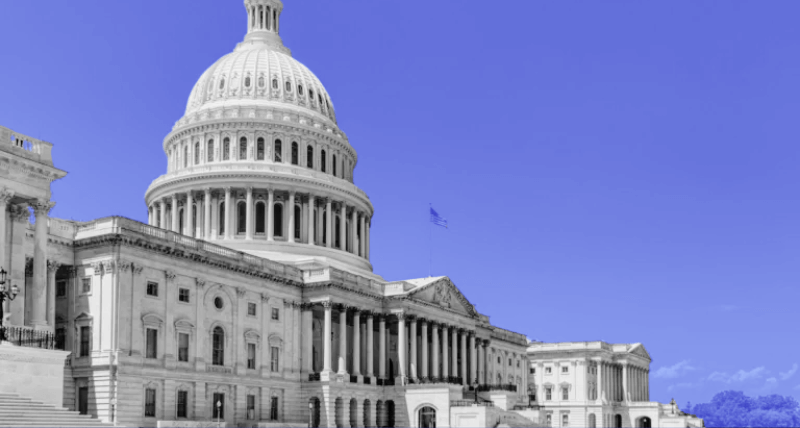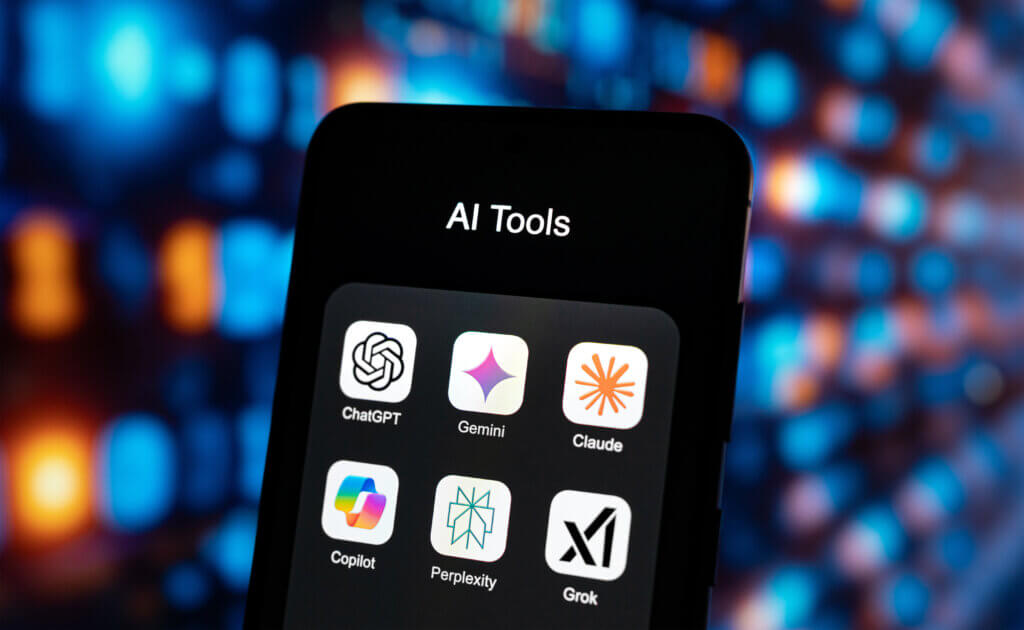If you’ve noticed a sudden spike in your Meta CPMs today, don’t be alarmed. Meta is currently rolling out some exciting platform-wide algorithm updates that could cause short-term volatility in CPMs (cost per mille). However, these changes are designed to enhance ad performance over the long term, so there’s plenty to be optimistic about.
Here’s a breakdown of what’s happening and why it matters to you as a Meta advertiser:
1. This Update Is a Positive Development
First things first, the latest algorithm updates from Meta are intended to boost ad performance in the long run. While you might see a temporary increase in CPMs—some brands have reported spikes of over 30%—this is paired with a proportional improvement in performance, largely due to a higher conversion rate. So, while costs might rise in the short term, the value delivered by your ads is expected to increase as well.

2. Introducing Conversion Value Rules
Meta is rolling out a new feature called Conversion Value Rules, which can be likened to a native version of Bid Multipliers. This update allows you to assign higher values to certain audience profiles or conversion types based on your first-party data and insights.
For example, if you know that women aged 30-40 have double the lifetime value (LTV) compared to other demographics, you can now easily assign them a 2x higher value within Meta’s platform. This feature empowers you to optimize your ad spend more strategically, focusing on the audiences that matter most to your business.

3. New Attribution Setting: Incremental Conversions
One of the most significant updates is the introduction of a new attribution setting called Incremental Conversions. Rolling out to different ad accounts throughout the second half of 2024, this feature enables you to measure which conversions would not have occurred without the ad being shown, giving you a clearer picture of your true impact.
This marks a significant shift from the current model, which focuses on the volume of conversions regardless of their incrementality. Early tests from Meta suggest a 20% improvement in incremental conversions with this new model, a claim backed by third-party attribution tools.

Subscribe to our Newsletter
Get exclusive strategies and insider insights to boost your influence.
4. Enhanced Third-Party Analytics Integrations
Meta is expanding its analytics capabilities by integrating with Google Analytics and Northbeam, with plans to include Triple Whale and Adobe soon. This update allows you to share multi-touch data with Meta, enabling you to optimize for the data that matters most to your business.
These integrations are a big step forward in providing advertisers with a more holistic view of their campaigns, making it easier to align Meta’s reporting with your source of truth data.

5. Algorithm Update for Cross-Channel User Journeys
Meta’s ad-targeting algorithms have also been updated to better account for cross-channel user journeys. This update emphasizes driving incremental conversions by considering a user’s interactions across multiple channels.
According to third-party analytics tools, this new algorithm has shown to improve advertiser performance by up to 30%. This is a major advancement for advertisers looking to optimize their campaigns across different platforms and touchpoints.

The Future of Meta Advertising
Meta continues to set the standard in paid media, and these updates reinforce its position as a leader in the industry. While the changes might cause some short-term turbulence, the long-term benefits are clear. As these updates roll out, you can expect improved ad performance, more precise targeting, and a better understanding of your campaigns’ true impact.
Keep an eye on your CPMs and conversion rates, and be ready to adapt as these features become available. Meta remains a powerful tool for advertisers, and these updates ensure it will continue to deliver value for years to come.
Never miss a chance to get ahead.
Our performance media experts are here to help you navigate these changes and optimize your campaigns for success. Contact us today to learn how Avenue Z can elevate your advertising strategy.





